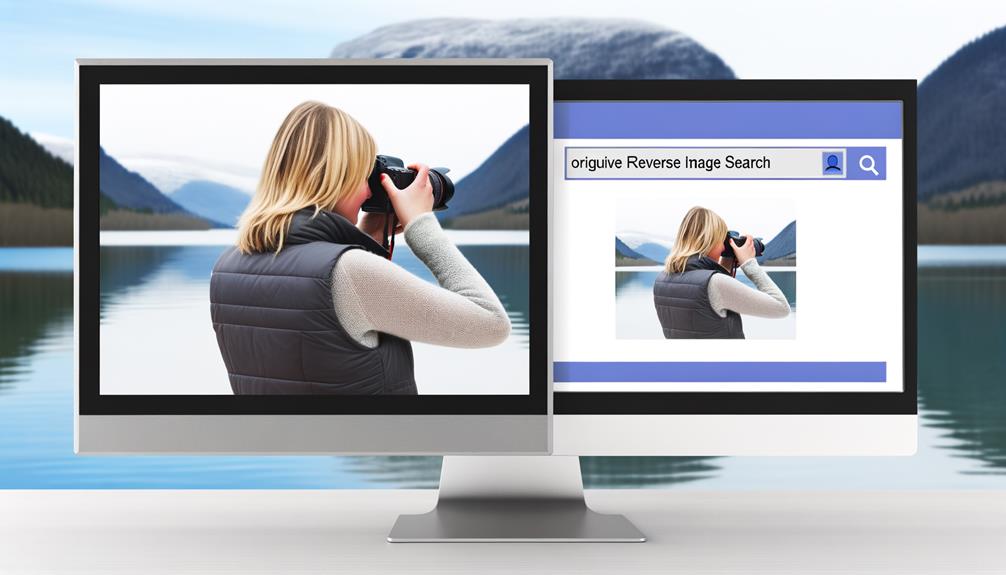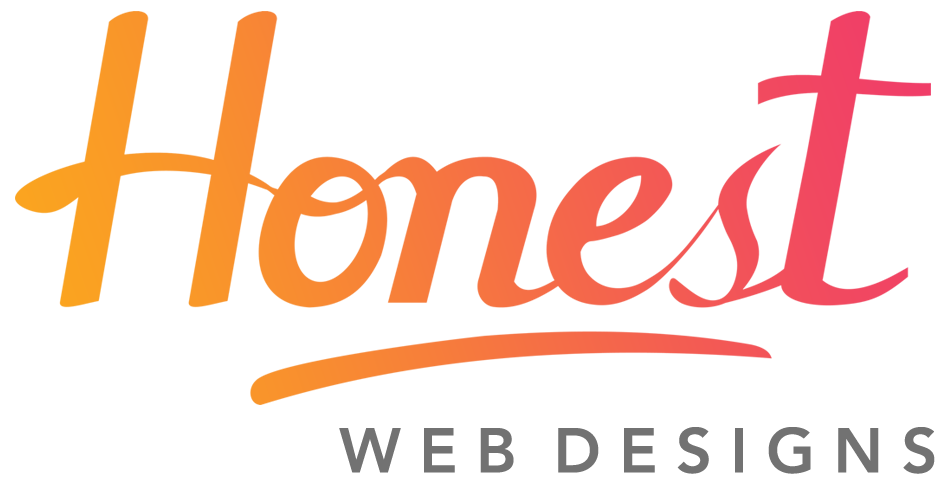Coincidentally, have you ever wondered about the incredible capabilities of reverse image search?
Our comprehensive guide will take you on a journey through the intricacies of this powerful tool, providing a deep understanding of its potential.
From uncovering visually similar images to navigating copyright concerns, reverse image search offers a wealth of opportunities.
Join us as we unravel the methods, platforms, and optimization techniques that can enhance the effectiveness of this valuable tool.
Understanding Reverse Image Search

We will explore the intricacies and applications of reverse image search to enhance our understanding and utilization of this versatile tool.
Reverse image search empowers us to find visually similar images, determine copyright protection, and locate non-copyrighted alternatives.
Understanding how to conduct reverse image search is straightforward, and there are various methods to achieve this, including using Google Images, Bing, TinEye, Flickr, Shutterstock, and Pinterest.
To optimize the results, it's crucial to select proper image formats, compress images, set appropriate dimensions, name files effectively, and utilize alt text and Schema markup.
These techniques not only enhance search engine visibility but also improve website accessibility and loading times.
Methods of Conducting Reverse Image Search
To conduct a reverse image search, there are several methods that can be used.
- The user can drag the image from their desktop to the search box on Google Images. This allows for quick results and is a simple way to search for images.
- Another option is to click 'Upload a file' on Google Images. This allows the user to select the image from their device and upload it for searching.
- The user can also copy the image URL and paste it in the Google Images search bar. This is an efficient way to search for images without having to upload the file.
- Additionally, the Google Lens tool can be utilized to find similar images. This tool can recognize objects in images and provide relevant search results.
These methods offer freedom and ease in searching for images, empowering users to find the content they need efficiently and effectively.
Platforms for Reverse Image Search

When conducting a reverse image search, utilizing platforms such as Google Images, Bing, TinEye, Flickr, Shutterstock, and Pinterest can provide diverse options for finding visually similar images. These platforms offer a range of features and databases to cater to different search needs. Here's a comparison of some key platforms:
| Platform | Key Features |
|---|---|
| Google Images | Extensive database, integrated search filters |
| Bing | Advanced image search options, seamless user interface |
| TinEye | Dedicated reverse image search engine |
| Flickr | Image upload for reverse search, community integration |
| Shutterstock | Popular stock library for designers and marketers |
| Reverse image search feature accessible through the loupe icon |
Optimization Techniques for Reverse Image Search
Implementing optimization techniques for reverse image search is essential for enhancing the visibility and search engine rankings of images. To maximize the impact of your images, consider these optimization techniques:
- Choose proper image formats like AVIF, JPEG 2000, JPEG XR, and WebP.
- Compress images to reduce their weight and improve loading times.
- Set image dimensions appropriately for optimal display.
- Name image files properly for better search engine optimization.
- Add image alt text and Schema markup to provide context and improve visibility.
Copyright Protection and Attribution in Reverse Image Search

Ensuring proper copyright protection and attribution in reverse image search is crucial for safeguarding intellectual property rights and maintaining ethical use of images. It's imperative to respect the original creators and their work.
When conducting a reverse image search, always verify the usage rights and seek permission if necessary. Providing clear attribution and copyright information not only protects the creators but also promotes a culture of respect and fairness.
By acknowledging and honoring copyright ownership, we contribute to a more transparent and equitable online environment. Remember, ethical image use isn't only a legal responsibility but also a moral obligation.
Let's strive to uphold the principles of copyright protection and attribution in reverse image search, fostering a community that values and protects the creative endeavors of others.
Frequently Asked Questions
What Are the Potential Ethical Implications of Using Reverse Image Search?
Using reverse image search raises potential ethical implications. These include invading privacy, infringing on copyrights, and spreading misinformation. We must consider the impact on individuals and respect intellectual property rights.
While utilizing this tool for research or verification can be beneficial, it's essential to use it responsibly and with integrity. We advocate for ethical conduct and mindful use of reverse image search. This is to uphold ethical standards and foster a respectful digital environment.
How Can Reverse Image Search Be Used to Combat Misinformation and Fake News?
We combat misinformation and fake news by utilizing reverse image search to verify the authenticity of visual content. This powerful tool helps us identify the original source and context of images, exposing misleading or manipulated visuals.
By cross-referencing images, we can discern the accuracy of accompanying information, empowering us to make informed decisions and challenge false narratives.
Reverse image search is a vital weapon in our fight against misinformation.
Are There Any Privacy Concerns Associated With Using Reverse Image Search?
Yes, there are privacy concerns associated with using reverse image search.
It can lead to potential exposure of personal information linked to the image.
We must approach this tool with caution, ensuring we understand the implications of uploading or searching for images.
It's important to be mindful of the data we share and consider using this technology responsibly to protect our privacy online.
Can Reverse Image Search Be Used to Identify and Locate Individuals in Images?
Yes, reverse image search can be used to identify and locate individuals in images. It enables us to find other web pages where the same image appears, potentially leading to information about the person in the picture.
This feature can be beneficial for various purposes, including verifying the authenticity of images and locating the original source. Reverse image search empowers us to uncover valuable insights related to individuals in images.
What Are the Limitations of Reverse Image Search Technology, and How Accurate Is It in Identifying Visually Similar Images?
We acknowledge the limitations of reverse image search in accurately identifying visually similar images. While the technology has improved, it may struggle with abstract or heavily edited images.
Understanding these limitations is crucial for managing expectations. Our experience suggests that it can provide valuable matches, but it's not infallible. It's important to approach its results with a critical eye and consider other verification methods as necessary.
Conclusion
In conclusion, reverse image search is a powerful tool with a wide range of applications. By understanding the methods and platforms for conducting reverse image searches, as well as optimizing our techniques, we can harness its potential to find visually similar images, identify copyright protection, and more.
It's a valuable resource for anyone looking to explore the world of images and their uses, and we're excited to continue discovering all that it has to offer.







